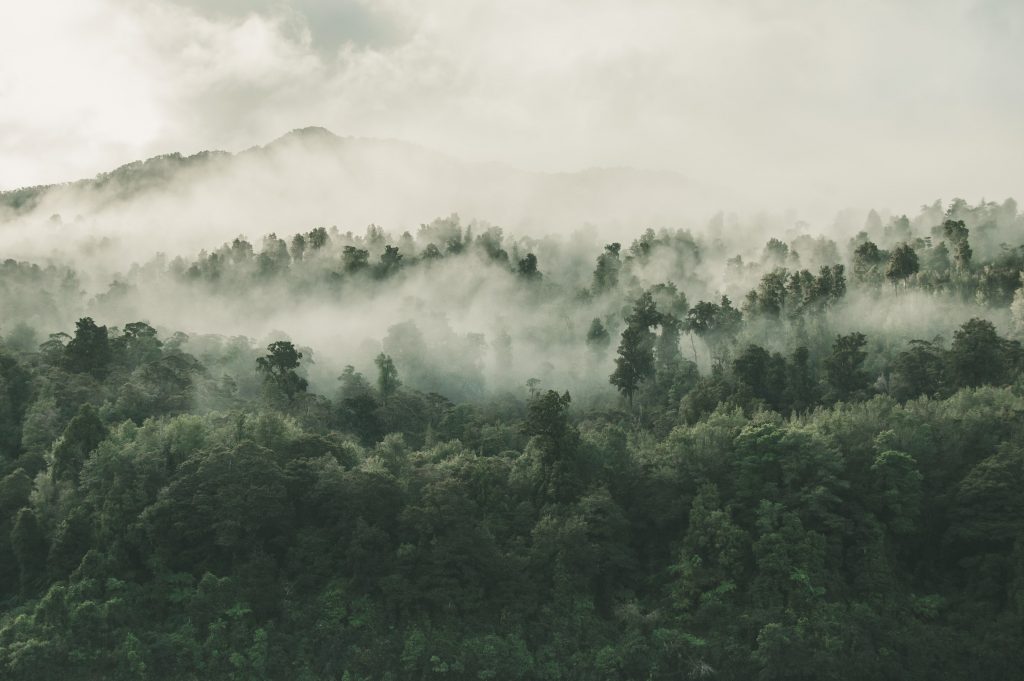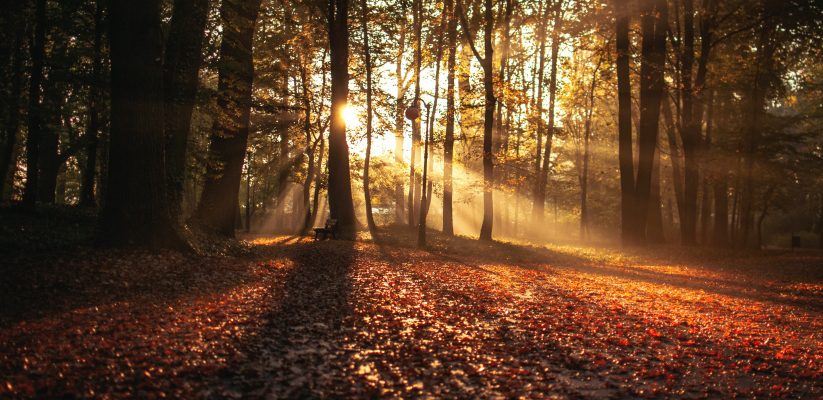Stuart Thompson, University of Westminster
Britain is suffering its worst drought since the 1970s, with dry weather expected until October. Many parks and lawns are now more straw than grass, but some trees and other plants have responded in a more surprising way: by losing their leaves.
It is likely that this exceptionally dry weather is due to climate change. But are trees turning brown or dropping their leaves because they have lost track of the seasons, and behaving as if it is autumn?
Leaf fall is a carefully controlled process in which the junction between the leaf and the stem is precisely dissolved without damaging surrounding parts of the plant. Given this, you might think that it could only happen now if the trees and other plants are confused.
But this is not the case. Instead, it is an emergency response to protect the plant from dehydration.
The reason becomes clear if we think about what leaves do: they are solar panels, collecting sunlight and capturing its energy through the process of photosynthesis. Carbon dioxide is one of the key ingredients in this process and plants obtain it from the atmosphere, initially dissolving it in water coating the inside surfaces of each leaf.
To give the leaf the largest possible area to capture carbon dioxide, these interiors are folded and folded until they are typically 20 times the area of the leaf’s outside surface. This is good for harvesting carbon dioxide, but means water can be lost through evaporation across all of this huge area.
As much as 99% of water taken up by plants just passes through them and evaporates into the air in this way. Rain forests are rain forests because the trees release so much water vapour that they change the climate around them. Some large trees take up and evaporate a metric tonne of water in a day.

Leaves left useless
This is fine if water is plentiful, but what if it is not? In a drought, plants initially close the pores in their leaves that allow carbon dioxide in and through which water escapes. This reduces water loss but also slows or stops photosynthesis, since the supply of carbon dioxide is cut off.
Furthermore, closing the pores traps the oxygen produced as a by-product of photosynthesis inside the leaf. Oxygen is necessary for most living things, but is an aggressive and destructive substance which damages leaves if it builds up. The light energy a leaf captures can also become dangerous if it cannot be used to convert carbon dioxide to sugars. Leaves are left useless and accumulate damage when their supply of carbon dioxide is cut off to save water.
Lack of water can also do more fundamental harm. Leaves need a continuous supply to replace the water lost during photosynthesis and to remain hydrated. Otherwise they will slowly dry out even when their pores are closed.
Water molecules stick to one another, which is why pond skaters can run across a pond without breaking the surface. Plants use this phenomenon on a much larger scale to transport water up to their leaves in narrow, water-filled tubes. As water evaporates from the leaves, each water molecule in the tube pulls on the next, drawing the whole column of water upwards without the plant having to do any work.
An elegant trick, but as it gets harder and harder to pull water out of dry soil, the tension in the water can become so great that these columns break, blocking the tubes with bubbles and preventing water reaching the leaves for long periods. Shedding leaves reduces this risk too.
Not all species lose their leaves to cope with lack of water, but most will have had to reduce or stop photosynthesis in one way or another. Without photosynthesis, ecosystems will shrink. Less photosynthesis means less plant growth and therefore less food for herbivores – and, in turn, fewer herbivores for carnivores to feed on. It will also affect UK food production unless water is diverted to farms to protect crops, a particular concern at present because of disruptions to grain supplies due to the war in Ukraine.
Although drought-induced leaf fall may not be due to a jumbling of the seasons, climate change is disrupting ecosystems in other ways. Different species use different cues to calibrate their annual cycles and as the world warms, organisms are slipping out of sync as their individual interpretations of changing temperatures and weather patterns shift.
This can easily disturb delicate networks of interactions and interdependencies. For example, plants may produce flowers at the wrong time for bees to pollinate them. Disruption of patterns of bird migration may mean that fruit-bearing plants have no way to spread their seeds. If they set off at the wrong time, migratory species may arrive at their destination to find they have missed a key food source, or that it isn’t available yet.
This drought seems likely to be a taste of more extreme and chaotic weather patterns to come, in which we and the living world will frequently have to scramble for solutions in the face of new and unpredictable climatic conditions.
Stuart Thompson, Senior Lecturer in Plant Biochemistry, University of Westminster
This article is republished from The Conversation under a Creative Commons license. Read the original article.
- Obesity as a genotoxic environment - April 28, 2023
- Dalit History Month and its significance - April 20, 2023
- A professor is going to live in an underwater hotel for 100 days – here’s what it might do to his body - April 13, 2023

Hi Stuart Thompson, I love this article. What a detailed explanation of the drought and its effects!
I appreciate your research into the effects of climate change on ecosystems, especially the disruption to delicate networks of interaction between plants and animals.
It is clear that as the world warms, organisms are slipping out of sync with their environment due to changing temperatures and weather patterns.
I think it is vital for us to consider how best to prepare for more extreme weather conditions to protect both ourselves and our environment.
This might involve adapting our crops to survive harsher climates, developing water conservation systems, or finding alternative sources of food production if water supplies become scarce.
Solutions such as these could help mitigate the risks posed by climate change while preserving biodiversity.
I am grateful for your insight into this critical topic and would love to hear more about your thoughts on the effects of climate change and any solutions you suggest.
Thank you once again for such an interesting article!